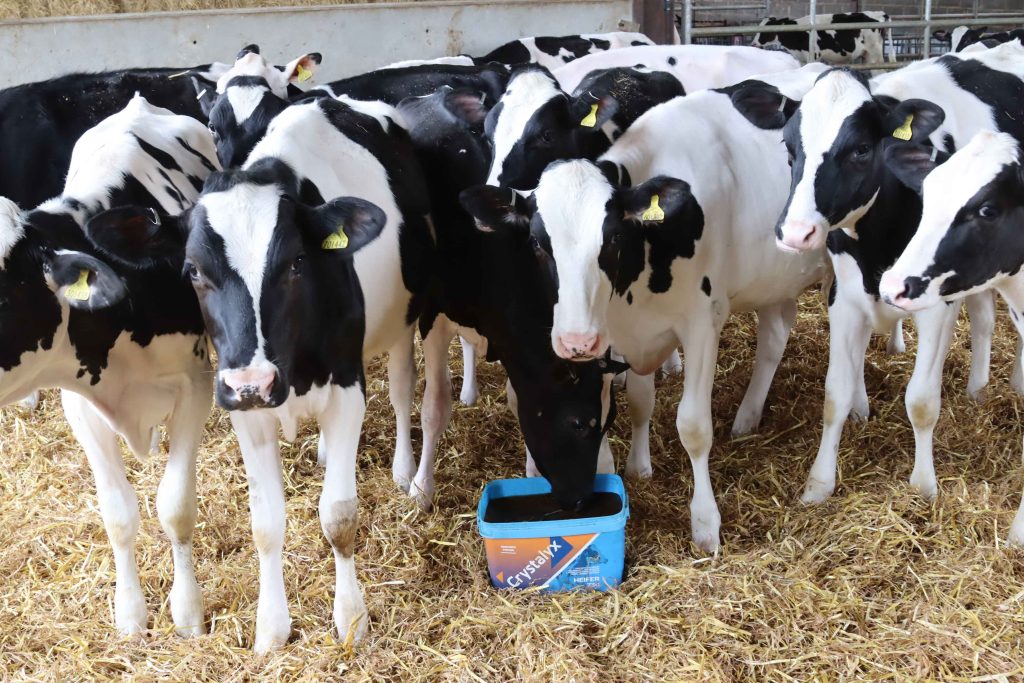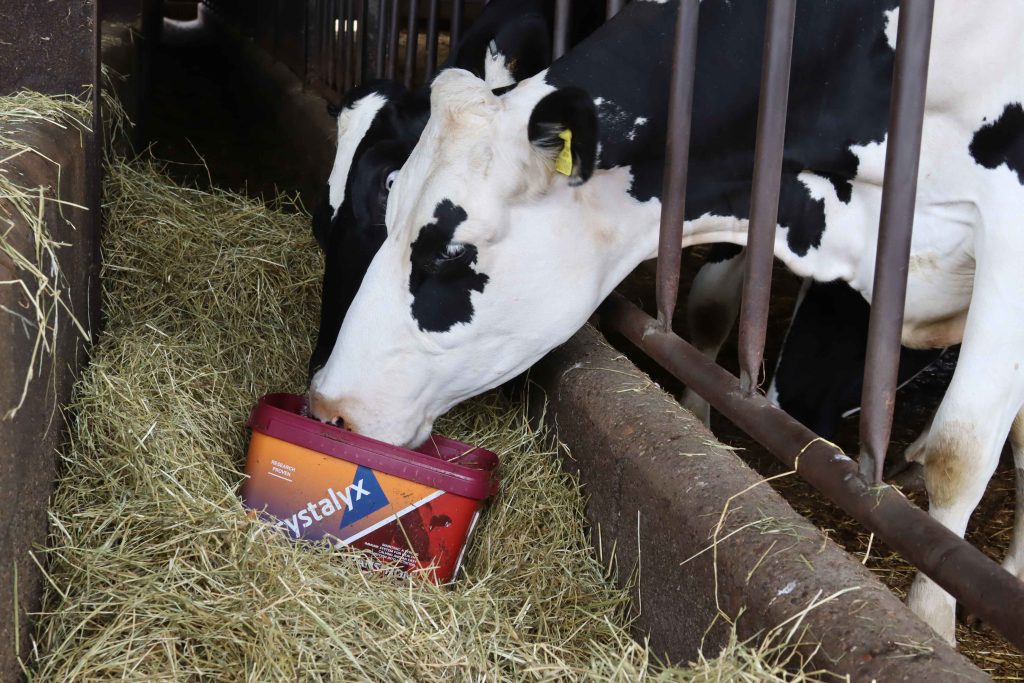For the Bown family, complexity and high-costs are not a necessity for milking some of the best cows in the UK. Instead, a simple approach with cattle mineral licks helps to deliver exceptional results from high-production genetics.
Richard and Dawn Bown along with their son, Daniel, and daughter, Hannah, farm in Hanley Castle near Worcester. When they formed the Richaven pedigree herd of Holsteins in 1993, the objective was to breed high yielders. Now well-known and respected throughout the UK, the Bown family sell embryos and animals. Their buyers are other breeders and commercial producers in pursuit of efficient milk production.
The family has achieved considerable show success. In 2010 and again in 2021, they were awarded Holstein UK Master Breeder status. The system is simple system, with a focus on maximising contribution from forage.
“Our goal has always been to breed good functional animals. And to grow them into cows with the ability to consume plenty of forage and convert it into high quality milk”, says Richard. “At the same time we did not want an over-elaborate and complicated system”.
About the system
Cattle mineral licks play key role in rearing heifers
For the last decade, Richards has supplemented his young calves with Crystalyx Easy Breather low moisture feed licks to alleviate any stress and respiratory problems. From 5 months old, calves have access to the Crystalyx Heifer 730 low moisture feed lick to meet the nutrient requirements of growing heifers. Richard explains that feeding blocks is very simple and he just puts out one block per pen, replacing it when necessary.

Cattle mineral licks play key role in transition management
Far-off dry cows graze poorer quality grass, and in the winter they are fed average quality silage. 3 weeks pre-calving, springing heifers and cows are moved into a calving yard, where they are fed adlib grass, maize silage, and hay plus 2kg of dry cow rolls.
Alongside this, they have access to the Crystalyx Transition Dry Cow low moisture feed lick to balance any nutritional deficits and ensure cows develop a robust immune system to help withstand the rigours of calving and the challenges of early lactation.
Richard says that since changing to the blocks cows have calved down well and settled into lactation quickly with little to no signs of ketosis.
“We are seeing cows milking well with a better appetite, peaking at 55-60kg. Rebreeding is also good. All cows get sexed semen as the results have improved. It is very rare we have a cow more than 110 days in milk and not served and our calving interval is running at 397-400 days, helped by the fact we are doing less embryo work. Flushing can greatly add to a herds calving interval”, says Richard.


